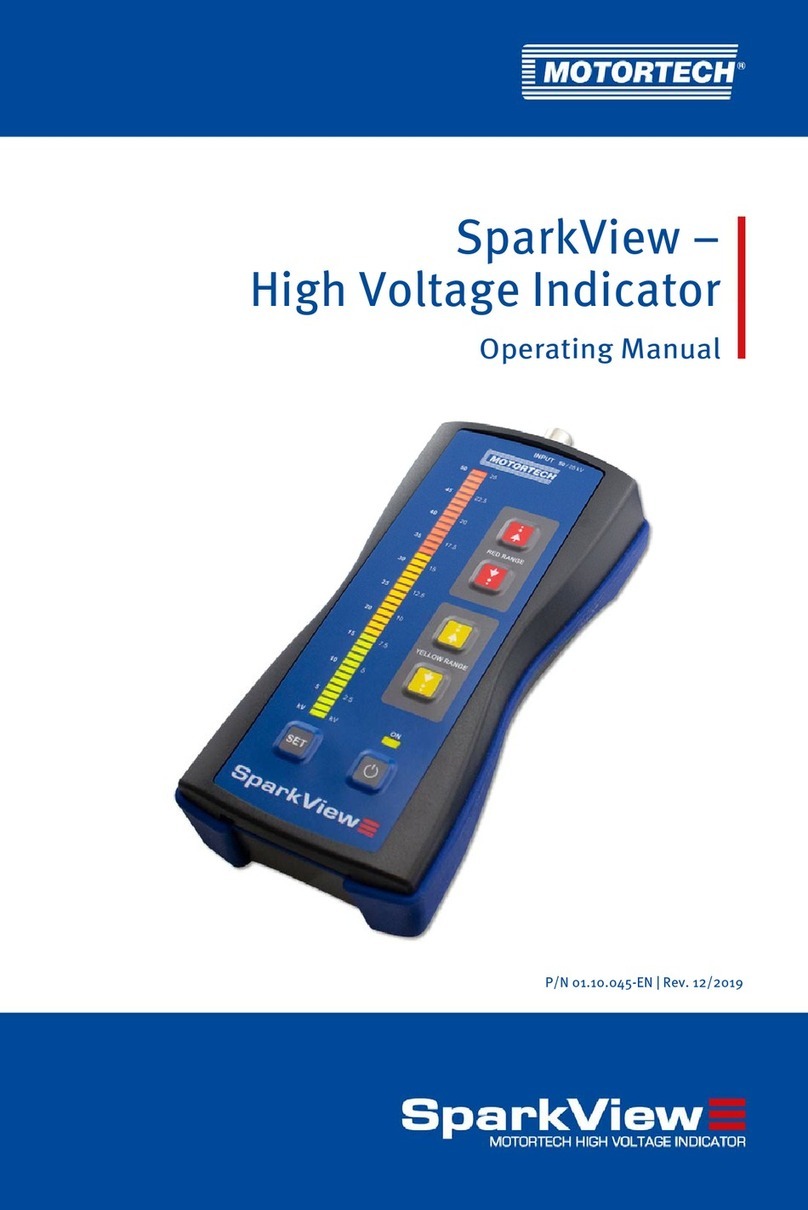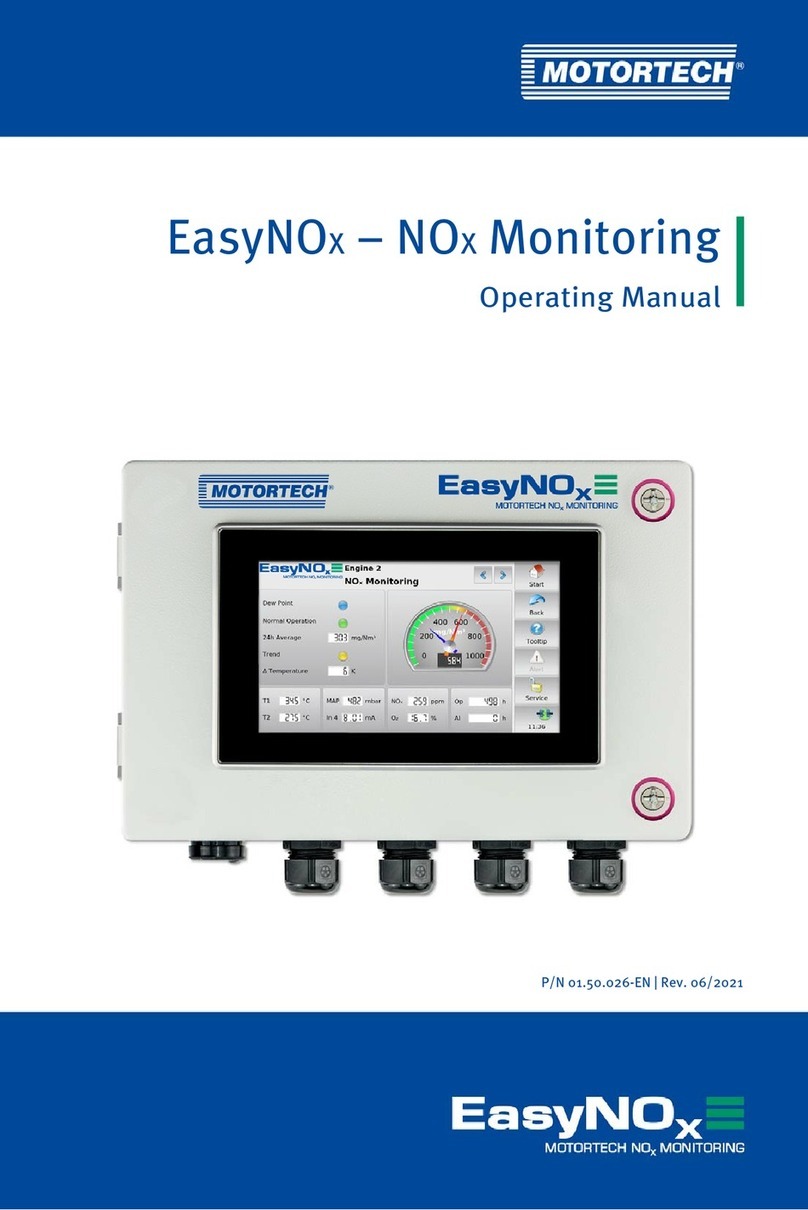
Table of Contents
4 Rev. 02/2018
8 General Operation .....................................................................................................45
8.1 Switching on and off the Device............................................................................. 45
8.2 Navigation...........................................................................................................46
8.3 Menu Bar............................................................................................................. 47
8.4 Start Menu........................................................................................................... 49
8.4.1 Devices ..............................................................................................................51
8.4.1.1 Device Type Activation..................................................................................... 52
8.4.1.2 Adding a Device .............................................................................................. 53
8.4.1.3 Editing a Device .............................................................................................. 55
8.4.1.4 Deleting a Device ............................................................................................ 55
8.4.1.5 Logging Device Data........................................................................................ 55
8.4.1.6 Device Type Generic........................................................................................ 56
8.4.2 Display ............................................................................................................. 57
8.4.3 Connection .......................................................................................................60
8.4.4 Recordings .......................................................................................................62
8.4.4.1 Displaying Recordings..................................................................................... 63
8.4.4.2 Processing Data on the PC ..............................................................................64
8.5 Access Control ..................................................................................................... 65
8.5.1 Enabling/Disabling Access Control .....................................................................66
8.5.2 Minimum Level..................................................................................................68
8.5.3 Logging in and Logging out ................................................................................68
8.5.4 Changing the PIN............................................................................................... 70
8.5.5 Resetting the PINs ............................................................................................. 70
8.6 Event Log............................................................................................................. 72
8.7 Help .................................................................................................................... 73
9 Devices......................................................................................................................74
9.1 MIC Ignition Controller .......................................................................................... 74
9.1.1 Main Menu......................................................................................................... 74
9.1.2 Overview........................................................................................................... 76
9.1.3 Timing............................................................................................................... 78
9.1.4 Ignition ............................................................................................................. 79
9.1.5 Energy...............................................................................................................82
9.1.6 Firing Angles .....................................................................................................82
9.1.7 Adjustments ...................................................................................................... 85
9.1.8 Trends .............................................................................................................. 93
9.1.9 Message Log .....................................................................................................96
9.1.10 Diagnosis ........................................................................................................98
9.1.11 Information ......................................................................................................99





























